19 March 2025
Skiing is one of those sports that promises both adrenaline-fueled action and serene moments on the slopes. Whether you're weaving through fresh powder or cruising down groomed trails, one thing is certain—if your gear isn't properly fitted or adjusted, you're in for a world of discomfort, and possibly even danger.
Think about it: skiing is all about balance, control, and fluid movement. If your boots are too tight, your skis too loose, or your helmet is sliding around, you’re not only ruining the fun but also putting yourself at risk. So, how do you make sure your ski gear is dialed in perfectly? Let’s break it down step by step.
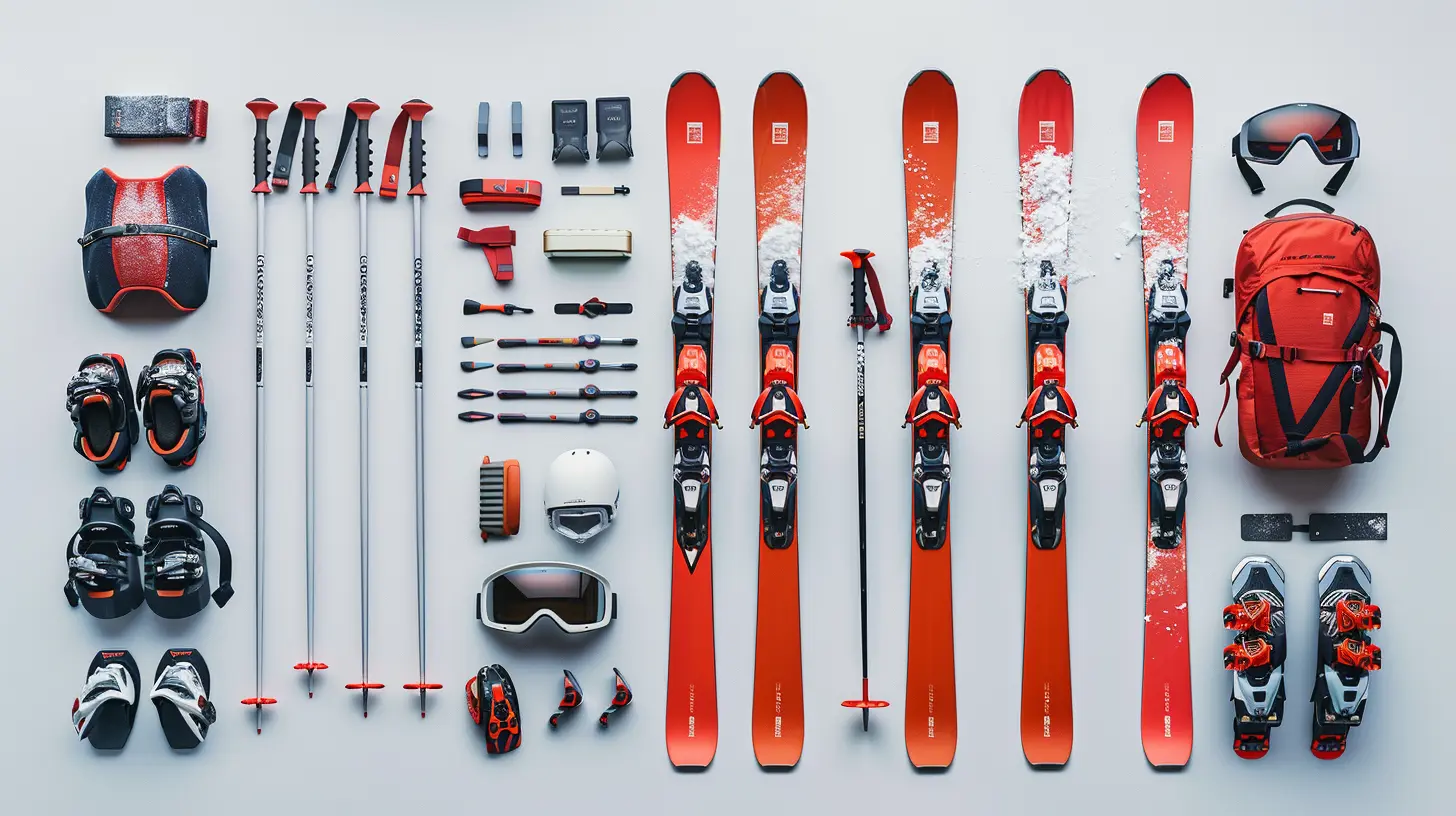
Why Properly Fitting Ski Gear is Critical
Before we get into the nitty-gritty of how to fit and adjust your gear, let’s talk about why it matters. Skiing is a sport that requires precision. Every piece of equipment you wear plays a role in how you perform on the mountain. A properly fitted set of gear not only enhances your skiing experience but also reduces the risk of injury.Ill-fitting gear can result in:
- Blisters and pressure points on your feet (say goodbye to enjoying après-ski).
- Less control over your skis, which can lead to nasty falls.
- Increased fatigue, as your body works harder to compensate for poor fit.
- Injury risks, including twisted knees and sprained ankles.
Now that we know why it’s essential, let’s move on to the main event—how to get that perfect fit on your ski gear.
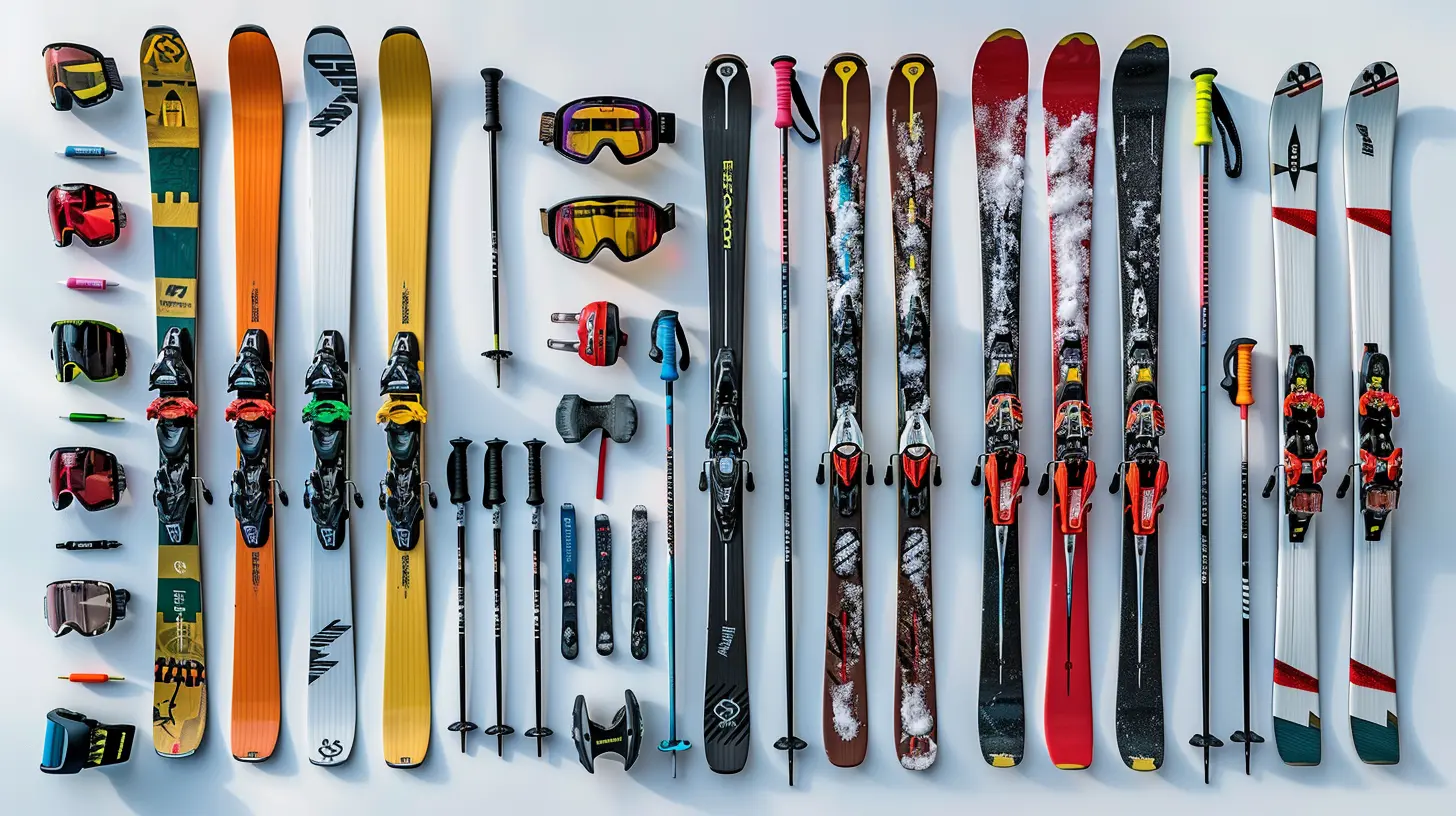
1. Fitting Your Ski Boots Like a Pro
If there’s one piece of ski gear that demands your attention when it comes to fit, it’s your boots. Why? Because they are the direct connection between you and your skis. If your boots are uncomfortable, or worse, if they don’t fit right, you might as well be skiing with bricks on your feet.A. Choosing the Right Boot Size
Ski boots are not your typical shoes. You can’t just pick them based on your regular shoe size and hope for the best. Ski boots are measured in Mondopoint, which is based on the length of your foot in centimeters.- Try before you buy: Always try on a few pairs before deciding. Different brands have slightly different fits.
- Snug, but not painful: When you first put them on, they should feel snug, almost tight. Don’t worry, they’ll pack out and mold to your foot after a few uses.
- No heel lift: When you flex forward in a ski stance, your heel should stay locked in place. If it lifts up, you have a size or fit problem.
- Toe wiggle room: Your toes should lightly brush the front of the boot when standing straight but not when you're in a skiing stance.
B. Adjusting Ski Boots for Comfort and Performance
Once you've found the right size, it’s time to fine-tune them for the best performance.- Buckle up: Start with the middle buckles to lock your foot in place. Then move to the top and bottom buckles. You want them tight enough to hold your foot, but not so tight that you cut off circulation.
- Micro-adjustments: Most modern ski boots have micro-adjustable buckles, allowing you to make tiny tweaks for the perfect fit.
- Lean into it: Adjust the forward lean of your boots if possible. A more aggressive forward lean gives you a better skiing stance, while a more upright position is good for beginners or those who prefer a relaxed ride.
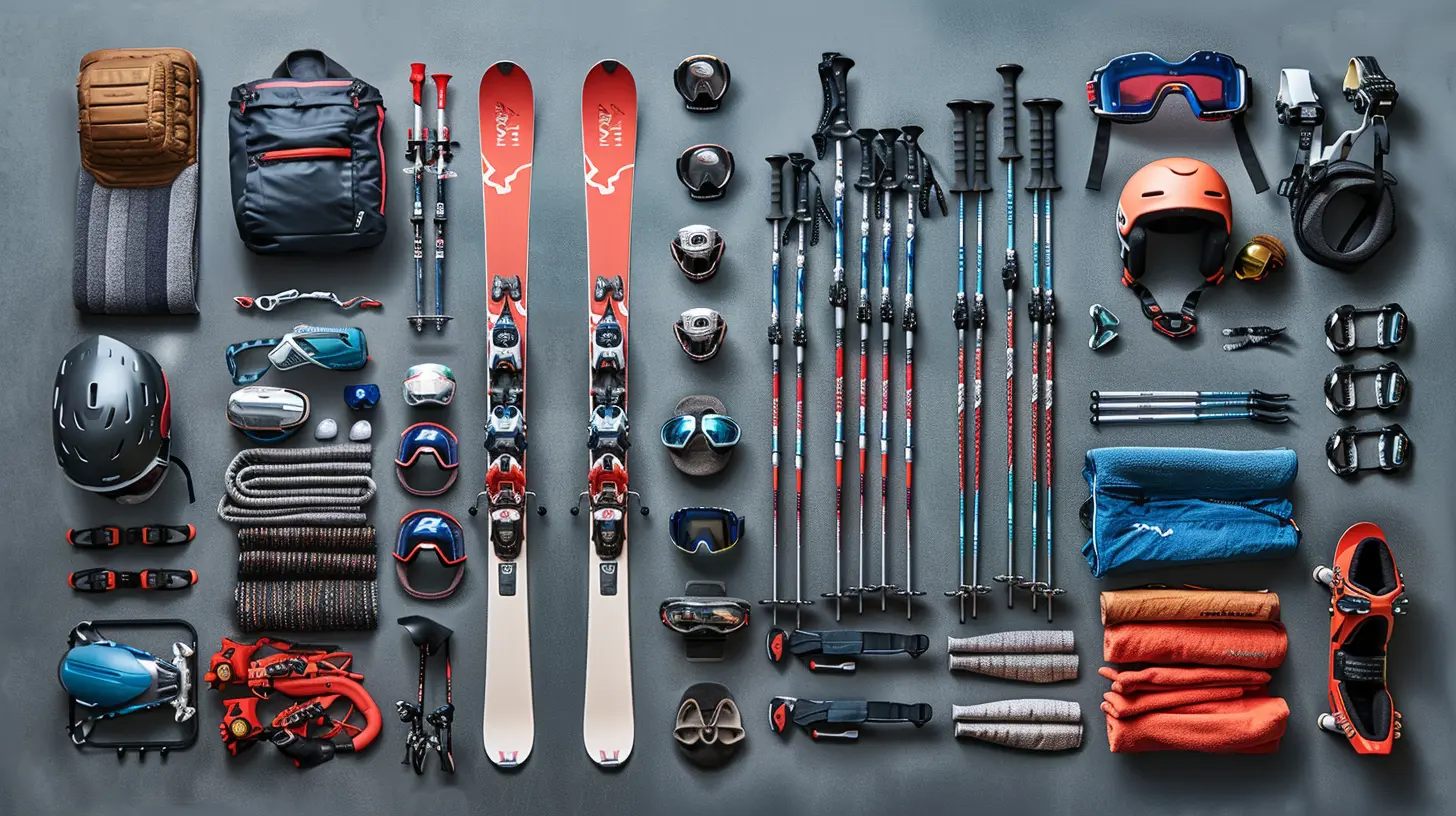
2. Dialing in Your Ski Bindings
Bindings are the unsung hero of your ski setup. They’re what keep your skis attached to your boots, but also what release them in case of a fall, preventing injury. So, yeah, they’re a pretty big deal.A. Setting the Correct DIN
Your binding’s DIN setting determines how easily your boot will release from your ski in a fall. The higher the DIN, the harder it is for the boot to come out, which is good for aggressive skiers but risky for beginners.- Consult a pro: While it’s tempting to adjust your DIN settings yourself, it’s best to have this done by a professional. They’ll calculate the correct setting based on your weight, height, skill level, and skiing style.
- Test it out: Before hitting the slopes, give your bindings a test. Click in and out of them a few times to make sure they’re working properly.
B. Positioning Your Bindings
Your bindings might allow for some adjustment in terms of where they sit on the ski. Typically, bindings are mounted in a neutral position, but for advanced skiers, moving them slightly forward or backward can dramatically change how the ski performs.- Forward: More aggressive, quicker turns.
- Backward: More stability and better float in powder.
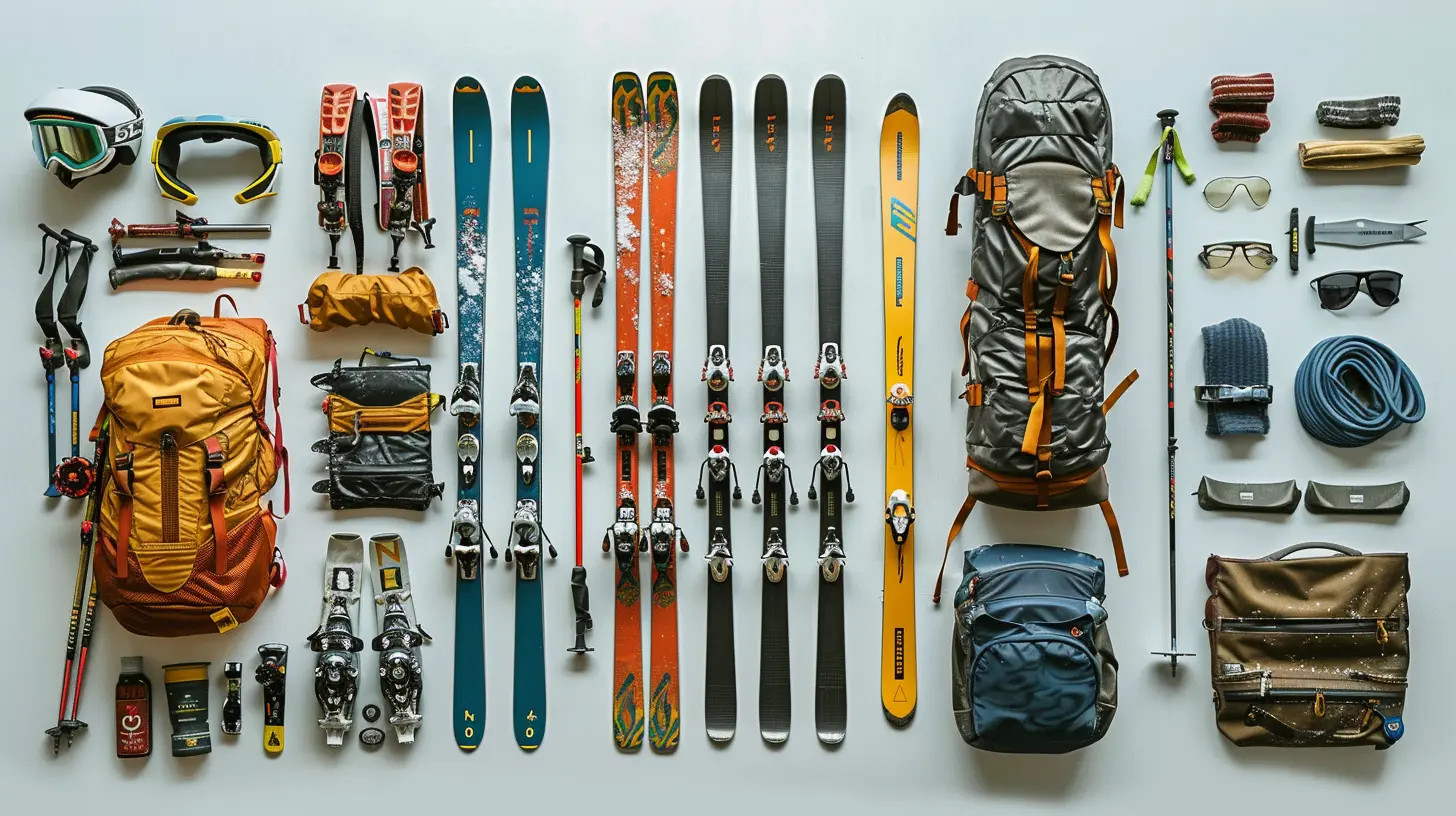
3. The Perfect Ski Fit: Length and Flex
Choosing the right ski is about more than just picking a cool design (though, let’s be real, that matters too!). You need to consider both the length and flex of the ski to ensure it matches your ability and style.A. How to Choose the Right Ski Length
Ski length is usually based on your height and skiing ability. Here’s a quick rule of thumb:- Beginners: Choose a ski that comes up to between your chin and nose.
- Intermediate: Go for something that reaches between your nose and forehead.
- Advanced: You can opt for skis that are as tall as you or even a little longer.
B. Understanding Ski Flex
Ski flex refers to how stiff or soft the ski is. This affects how the ski behaves on the mountain.- Soft flex: These skis are more forgiving and easier to turn, making them great for beginners or those who enjoy cruising on groomed runs.
- Stiff flex: Ideal for aggressive skiers or those who love to charge down steep terrain. They offer more stability at higher speeds but require more effort to control.
4. Helmets: Safety First, Comfort Second
A helmet is non-negotiable. But just because it’s a protective piece of equipment doesn’t mean it should be uncomfortable. A well-fitted helmet will keep you safe without giving you a headache—literally.A. Picking the Right Helmet Size
Much like ski boots, helmets need to fit snugly without being too tight. Here’s how to check:- Measure your head: Wrap a tape measure around your head, just above your eyebrows and ears. Use this measurement to select the correct helmet size.
- Try it on: Put the helmet on and shake your head. If it wobbles or moves around, it’s too big.
- Strap check: The chin strap should fit snugly under your chin, but not so tight that it becomes uncomfortable.
B. Adjusting the Helmet
Most helmets come with an adjustable fit system—usually a dial or a strap in the back. Use this feature to fine-tune the fit so it feels secure without being too tight.5. Goggles: Seeing Clearly
No one likes skiing blind. Goggles are essential for protecting your eyes from wind, snow, and the blinding reflection off the snow. But a bad fit can lead to fogging, slipping, or pinching, which can be super annoying.A. Finding the Right Fit
- Seal the deal: The foam padding should create a complete seal around your face without any gaps.- Helmet compatibility: Make sure your goggles fit well with your helmet. You don’t want the dreaded “gaper gap” (that awkward space between your helmet and goggles).
- Strap adjustment: Tighten or loosen the strap so the goggles fit snugly without putting too much pressure on your face.
B. Lens Choices Matter
Different lenses work better in different conditions. A sunny day on the slopes requires a darker, mirrored lens, while overcast days call for lighter, yellow or rose-tinted lenses.6. Gloves, Jackets, and Pants: The Final Touches
While the fit of your gloves, jacket, and pants might seem less critical compared to boots or skis, they still play a big role in keeping you comfortable and warm.A. Gloves
Your gloves should be warm, but not so thick that you can’t grip your poles. Make sure there’s enough room to wiggle your fingers without feeling cramped.B. Jackets and Pants
Look for jackets and pants with adjustable features like wrist straps, waist cinches, and leg gaiters to lock in warmth and keep snow out. And don’t forget ventilation zippers for those warmer spring skiing days.Conclusion: Tailoring Your Gear to Your Needs
In the end, properly fitting and adjusting your ski gear is all about tailoring everything to your body and your skiing style. Take the time to get it right, and you’ll feel like you’re gliding effortlessly down the slopes. Rush through it, and you’ll be spending more time adjusting your gear than enjoying the snow.So, next time you’re gearing up for a day on the mountain, remember: the perfect fit is more than just a nice-to-have—it’s a must-have for both comfort and safety. Happy skiing!

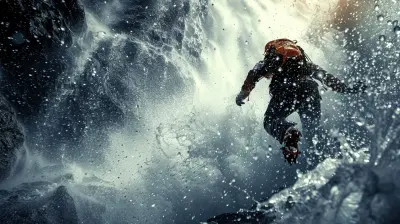




Zethryn McDaniel
Great article! Properly fitting ski gear can make such a difference in comfort and performance on the slopes. I appreciate the tips and reminders—it's easy to overlook the small details. Thank you!
March 31, 2025 at 11:35 AM